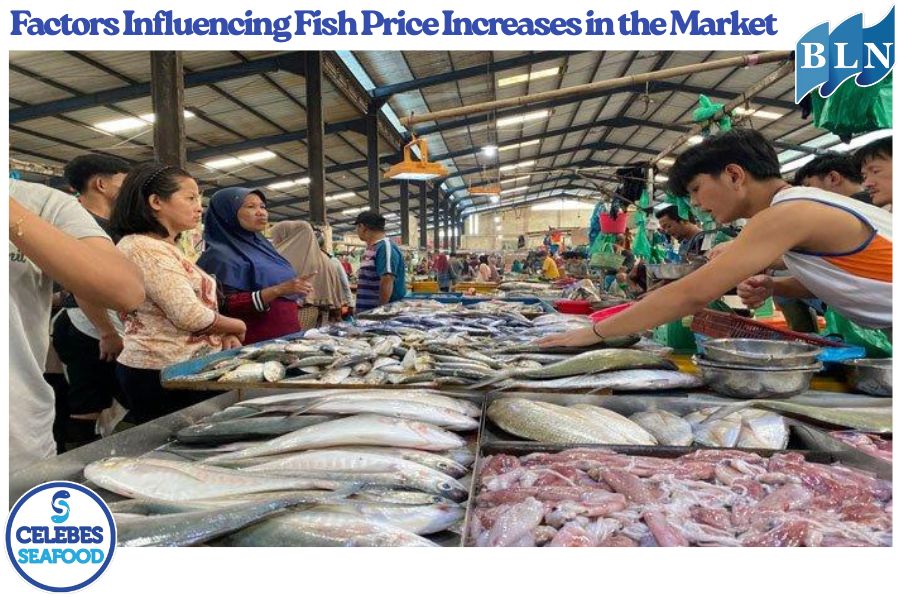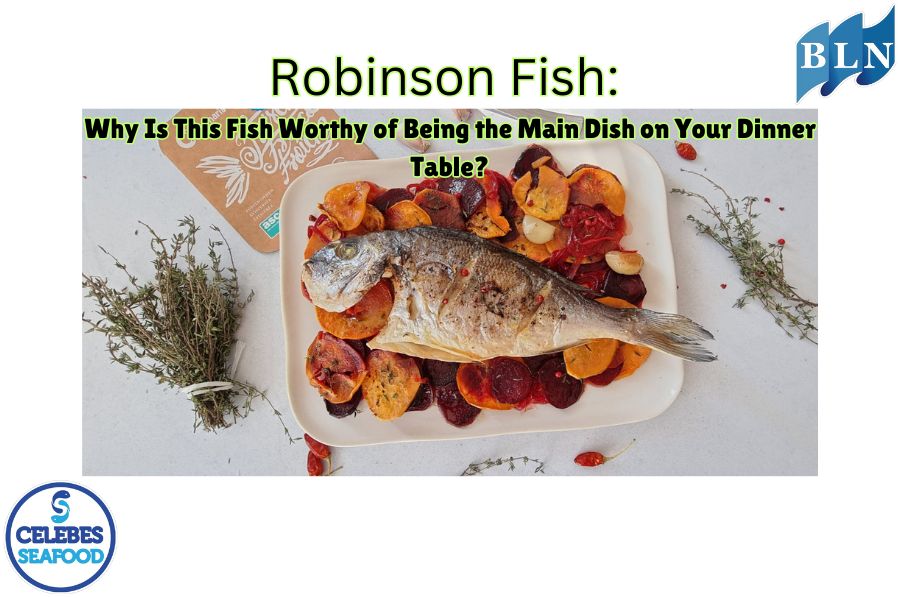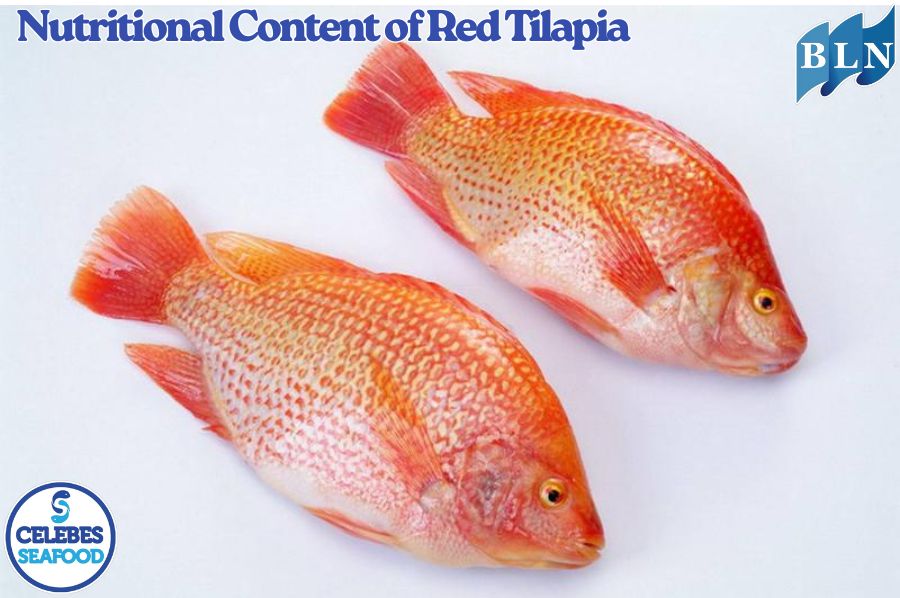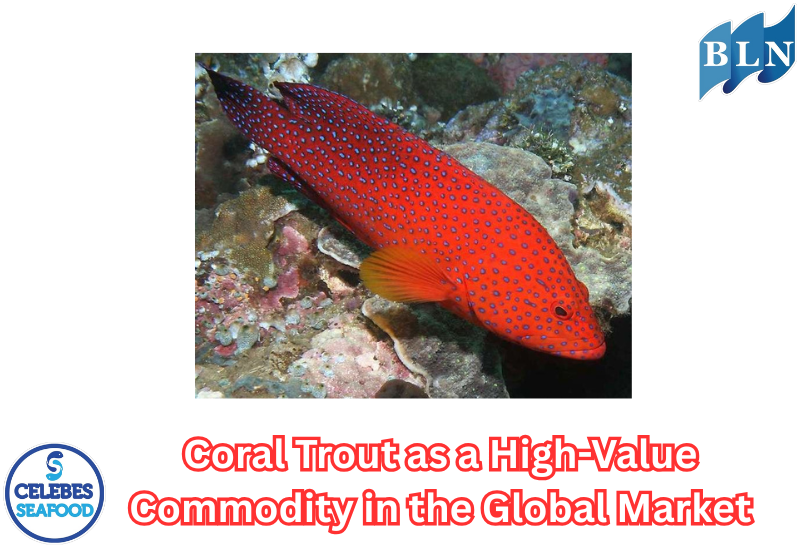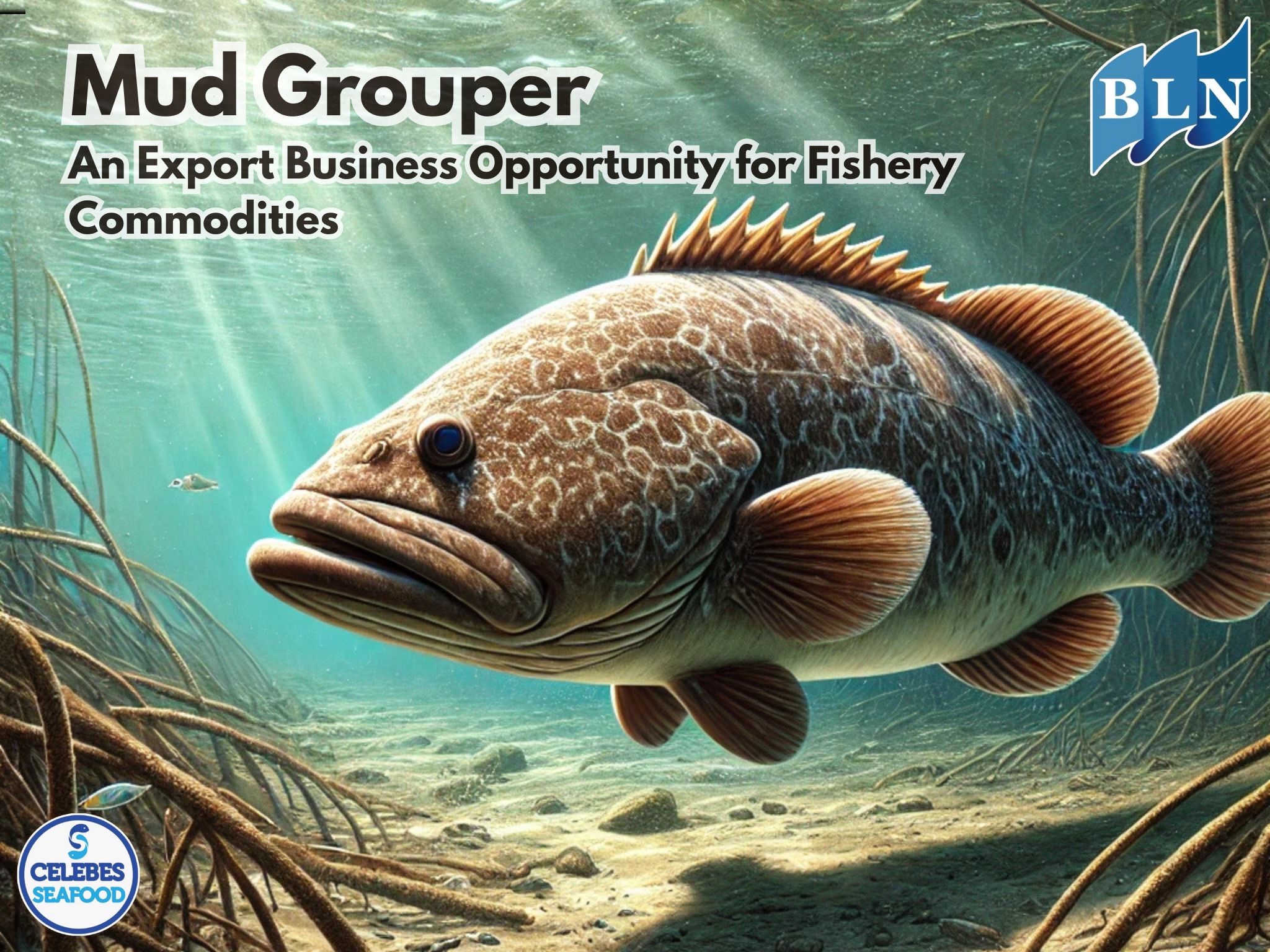The Impact of Mozambique Tilapia in Milkfish Pond Systems: A Study of Interspecific Interaction
By. Azizah - 24 Jul 2025.jpg)
lautnusantara.comThe brackish water milkfish (Chanos chanos) aquaculture system is a vital component of Indonesia’s coastal fisheries sector. In practice, the presence of Mozambique tilapia (Oreochromis mossambicus) is frequently observed, either unintentionally or deliberately introduced. The presence of this species gives rise to interspecific interactions that can be both beneficial and detrimental to pond ecosystems. This article provides an in-depth analysis of the ecological and economic impacts of tilapia presence in milkfish ponds, covering aspects such as competition, resource utilization, and population management strategies. The findings aim to serve as a reference for sustainable and efficient aquaculture management.
1. Introduction
Milkfish (Chanos chanos) aquaculture has long been a backbone of brackish water fisheries in Indonesia, particularly along the north coast of Java, South Sulawesi, and the Nusa Tenggara region. Traditional and semi-intensive pond systems are often challenged by complex ecological dynamics, including the emergence of non-target species such as Mozambique tilapia (Oreochromis mossambicus). Tilapia can enter the system through water inlets or be deliberately stocked by farmers for specific purposes.
The debate surrounding the presence of tilapia in milkfish ponds remains active. On one hand, tilapia is considered a nuisance species due to its competition for feed and space. On the other hand, various field studies and practices suggest tilapia can function as a controller of small organisms, an organic waste recycler, and even generate added economic value. Therefore, it is crucial to assess the interspecific interactions between tilapia and milkfish comprehensively.
2. Biological Characteristics of Tilapia and Milkfish
2.1 Mozambique Tilapia (Oreochromis mossambicus)
Tilapia is a freshwater fish that can adapt to brackish environments with salinity levels up to 15–20 ppt. It is an omnivore, consuming plankton, detritus, and leftover feed. Tilapia reproduces rapidly, spawning multiple times per year, and can dominate the ecosystem if not controlled.
2.2 Milkfish (Chanos chanos)
Milkfish is a native coastal species widely cultured in pond systems. It is herbivorous-omnivorous, relying on phytoplankton, benthos, and detritus as its main food sources. Milkfish require adequate growing space and are sensitive to environmental stress and excessive competition.
3. Interspecific Interaction: The Impact of Tilapia in Milkfish Ponds
3.1 Positive Impacts
a. Control of Microorganisms and Mosquito Larvae
Tilapia consume zooplankton, insect larvae, and other small organisms that may compete with or disturb milkfish growth.
b. Utilization of Feed Residue and Organic Matter
As an omnivore, tilapia can consume uneaten feed and organic waste, reducing the accumulation of pollutants and maintaining pond water quality.
c. Additional Income Source
Tilapia has commercial value in local markets. In polyculture systems, it can be selectively harvested to increase farmers' income.
3.2 Negative Impacts
a. Competition for Feed and Space
High tilapia densities lead to direct competition with milkfish for natural feed sources such as plankton and space within the pond.
b. Water Quality Degradation
Overpopulation of tilapia increases organic and metabolic waste, leading to deteriorating water quality, including elevated ammonia levels.
c. Stress and Reproductive Disturbance in Milkfish
The presence of socially active, non-native species like tilapia may disrupt the behavior and early adaptation of milkfish, especially during the initial stocking or grow-out phases.
4. Field Observations and Research Findings
Various field studies and observations reveal that:
-
Controlled Ponds: Ponds with tilapia biomass maintained at around 10–15% of total biomass showed improved feed efficiency and more stable water quality.
-
Overpopulated Ponds (>30% Tilapia): These systems typically experienced inhibited milkfish growth due to strong competition and higher organic loading.
-
Limited Polyculture Systems: Can succeed when tilapia reproduction is managed through manual sorting or the use of selective netting.
5. Management Strategies for Tilapia in Milkfish Ponds
To optimize the benefits of tilapia presence, the following strategies are recommended:
-
Periodic Sorting: Remove juvenile and excess tilapia every 2–4 weeks to prevent overpopulation.
-
Selective Trapping: Utilize mesh traps or enclosures to control tilapia numbers.
-
Supplemental Feeding: Helps reduce direct competition for natural food with milkfish.
-
Density Regulation: Determine optimal stocking ratios of milkfish to tilapia based on pond carrying capacity (e.g., 80:20 biomass ratio).
-
Selective Harvesting: Harvest tilapia periodically as a secondary crop, especially before the main milkfish harvest.
If you are interested in our Red Emperor Fillet Skin On, Red Snapper Fillet Skin On please do not hesitate to contact us through email and/or whatsapp.
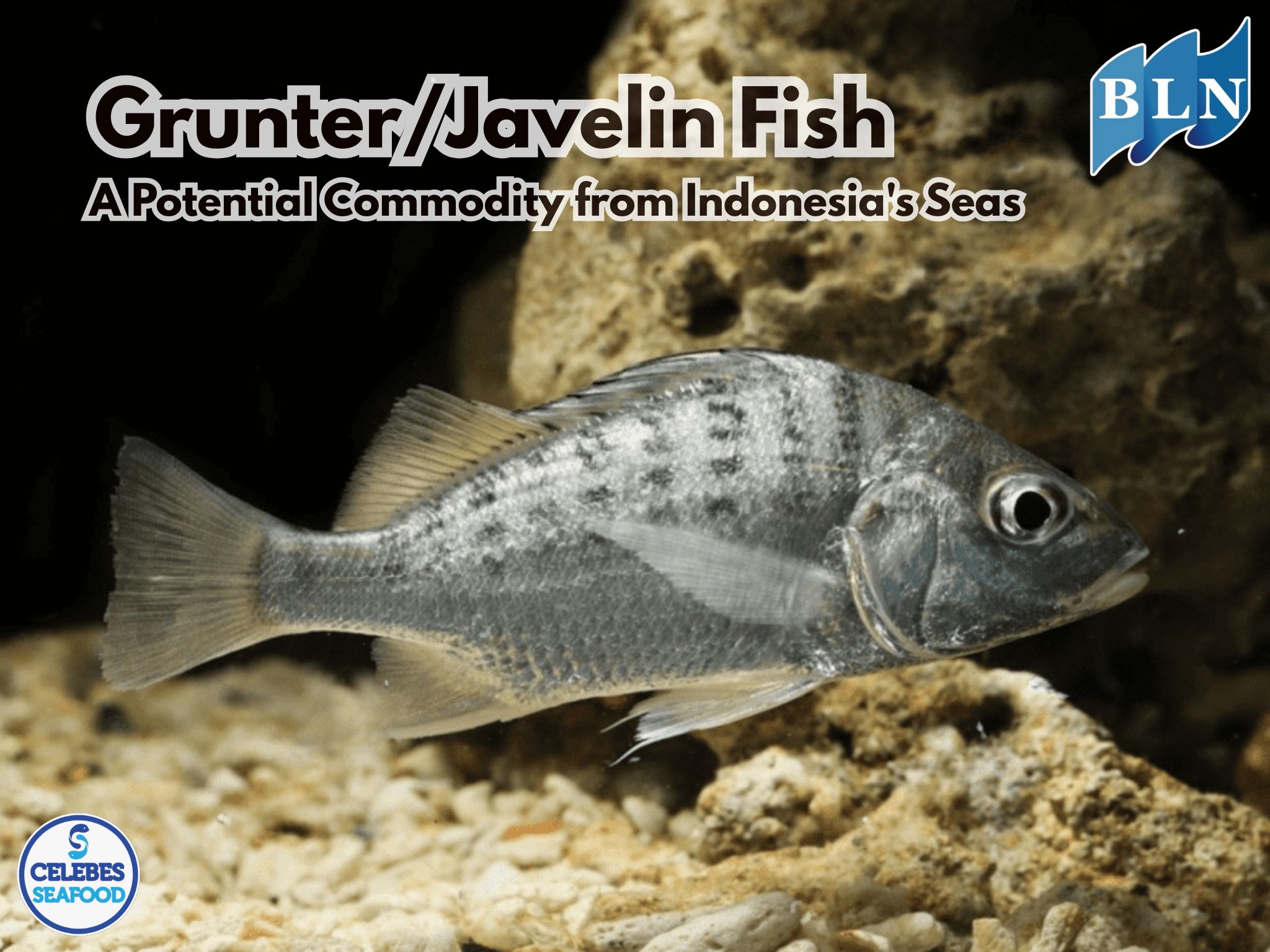
 in Protecting Shrimp Commodities from Radioactive Contamination.png)
